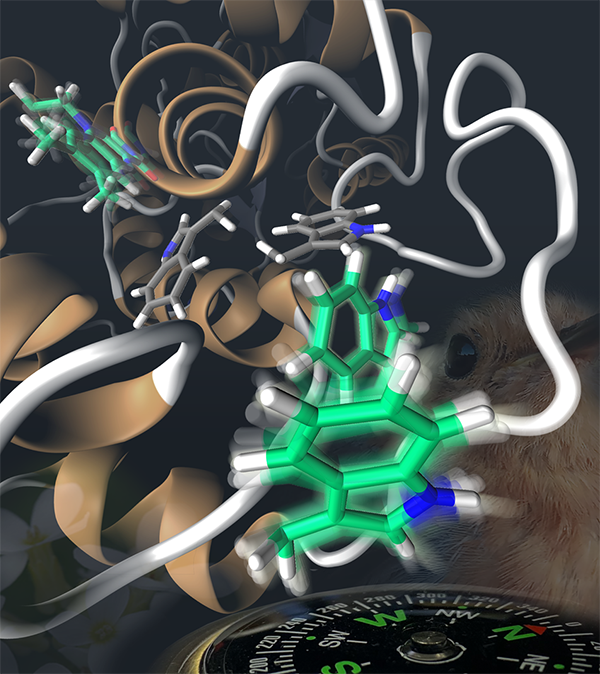
Proteins are not static structures but are constantly in motion due to thermal fluctuations. These motions induce spin relaxation in radical pairs formed within the proteins. A radical pair, once generated, enters an entangled quantum state, like the singlet state, where there is a substantial coherence between the involved electrons. This coherence reflects that the electrons are not independent but integral parts of the same physical entity.
Our research group is dedicated to unraveling the intricate dynamics of spin relaxation within proteins, a phenomenon crucial for understanding various biological processes. We specifically examine proteins, such as cryptochromes found in the retinas of migratory songbirds, where spin relaxation plays a pivotal role. Entangled, inherently non-equilibrium states tend to move toward equilibrium states, where the electrons regain their independence. The transition to thermal equilibrium is facilitated by spin relaxation, an effect driven by thermal motions within the protein.
We employ molecular dynamics simulations to investigate thermal motion in proteins, utilizing three-dimensional protein structures. Various theoretical approaches, such as Redfield theory or the stochastic Schrödinger equation, are then applied to describe how fluctuating interactions impact the coherence of spin states within the protein system.
